Seed And Chaff Separation – How To Separate Seed From Chaff
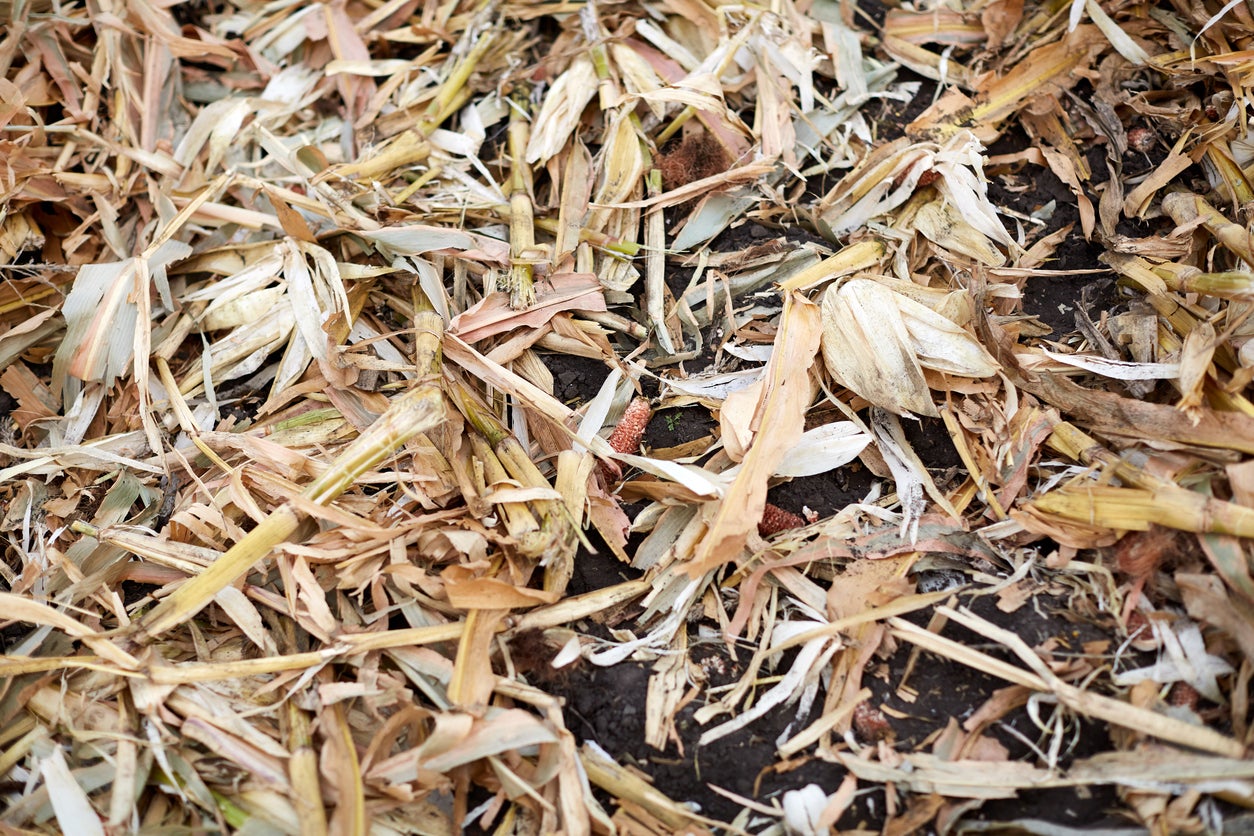
Have you heard of the phrase ‘separating the wheat from the chaff’? It’s likely that you didn’t give too much thought to the saying, but the origins of this adage are not only ancient but essential to harvesting cereal crops. Basically, it refers to separating seeds from chaff. What is chaff and why is seed and chaff separation important?
About Separating Seeds from Chaff
Before we get to the definition of chaff, a little background on the make-up of cereal crops such as wheat, rice, barley, oats, and others is helpful. Cereal crops are made up of the seed or the grain kernel that we eat and an inedible hull or husk surrounding it. Seed and chaff separation is imperative because in order to process and eat the grain kernel, the inedible hull needs to be removed. This is a two-step process involving threshing and winnowing. Threshing means loosening the hull from the grain kernel while winnowing means to get rid of the hull. Winnowing can’t very well occur without threshing first, although some grains have a thin papery hull that is easily removed so little threshing is required. If this is the case, traditionally, farmers would just toss the grain into the air and allow the air current to blow the thin hulls, or chaff, away in the wind or to fall through the slats of the basket. This wind assisted process of removing the chaff from the grain is called winnowing and the grains with little to no hull are called ‘naked’ grains. So, to answer the question of what is chaff, it is the inedible hull surrounding the grain.
How to Separate Seed from Chaff
Obviously, if you are growing naked grains, removing the chaff is as easy as described above. Keep in mind that this works best if there is a significant difference in the weight of the seeds and the chaff. A fan will also work to blow the chaff from the seeds. Before winnowing in this manner, lay a tarp on the ground. Place a cooking sheet on the tarp and then from a few feet (1 m.) up, pour the seed slowly onto the baking sheet. Repeat as necessary until all the chaff is gone. Another method of separating the seed from the chaff is called “roll and fly.” It works best for round, ball-like seeds. Again, it uses moving air to clean the seeds but a fan, your breath, or a cool blow dryer work best. Lay out a tarp or sheet and put a flat box in the center. Put the seed and chaff on a cookie sheet and place the cookie sheet on the box. Turn a fan on so the air blows across it and lift the end of the cookie sheet so the seeds roll down. If need be, repeat until the chaff has blown off. Sieves can also work to winnow the chaff from the seed. Stack the sieves with the largest at the top and the smallest underneath. Pour the seed and chaff mix into the upper sieve and shake it around into the smaller sieve. The smaller sieve should collect the seed while the chaff remains in the larger sieve. There are certainly other methods for separating the seed from the chaff, none of them particularly complex. If, however, you have a larger crop of seed that needs to be winnowed, it might be helpful to have a friend or two to assist since the time to winnow in this manner can be time consuming.
Gardening tips, videos, info and more delivered right to your inbox!
Sign up for the Gardening Know How newsletter today and receive a free copy of our e-book "How to Grow Delicious Tomatoes".

Amy Grant has been gardening for 30 years and writing for 15. A professional chef and caterer, Amy's area of expertise is culinary gardening.
-
 Which Invasive Shrubs Should You Avoid Growing? Plus, Best Natives To Plant Instead
Which Invasive Shrubs Should You Avoid Growing? Plus, Best Natives To Plant InsteadCertain plants may look lovely but they can wreak havoc to local areas and native wildlife. Here are the key invasive shrubs to avoid – with recommendations on gorgeous native alternatives to try
-
 What Not To Plant With Tomatoes: 8 Bad Neighbors That Could Ruin Your Harvest
What Not To Plant With Tomatoes: 8 Bad Neighbors That Could Ruin Your HarvestNot all companion plants are beneficial – some can sabotage your tomatoes. Find out which ones to keep at a safe distance in the garden.
-
 Gluten Free Grain: How To Grow Sorghum As A Gluten Free Substitute
Gluten Free Grain: How To Grow Sorghum As A Gluten Free SubstituteSorghum doesn't enjoy as much popularity today as it did in the 1800s. But it is making a comeback.
-
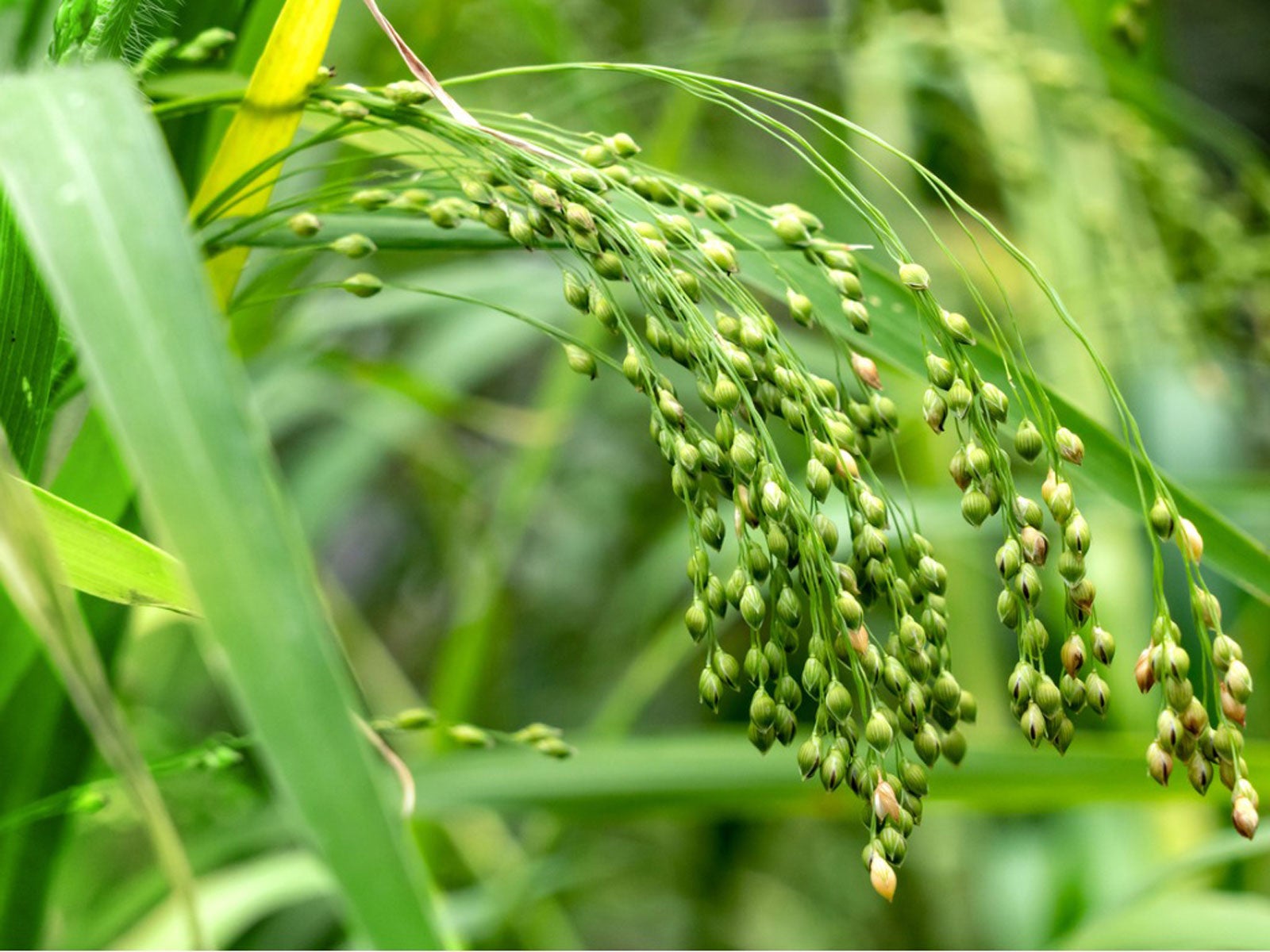 Wild Millet Grass – Learn About Growing Proso Millet Plants
Wild Millet Grass – Learn About Growing Proso Millet PlantsIt looks like a corn seedling, but it's not. Birds flock to it, but farmers may not. Is wild millet a weed or a beneficial plant? Click here to find out.
-
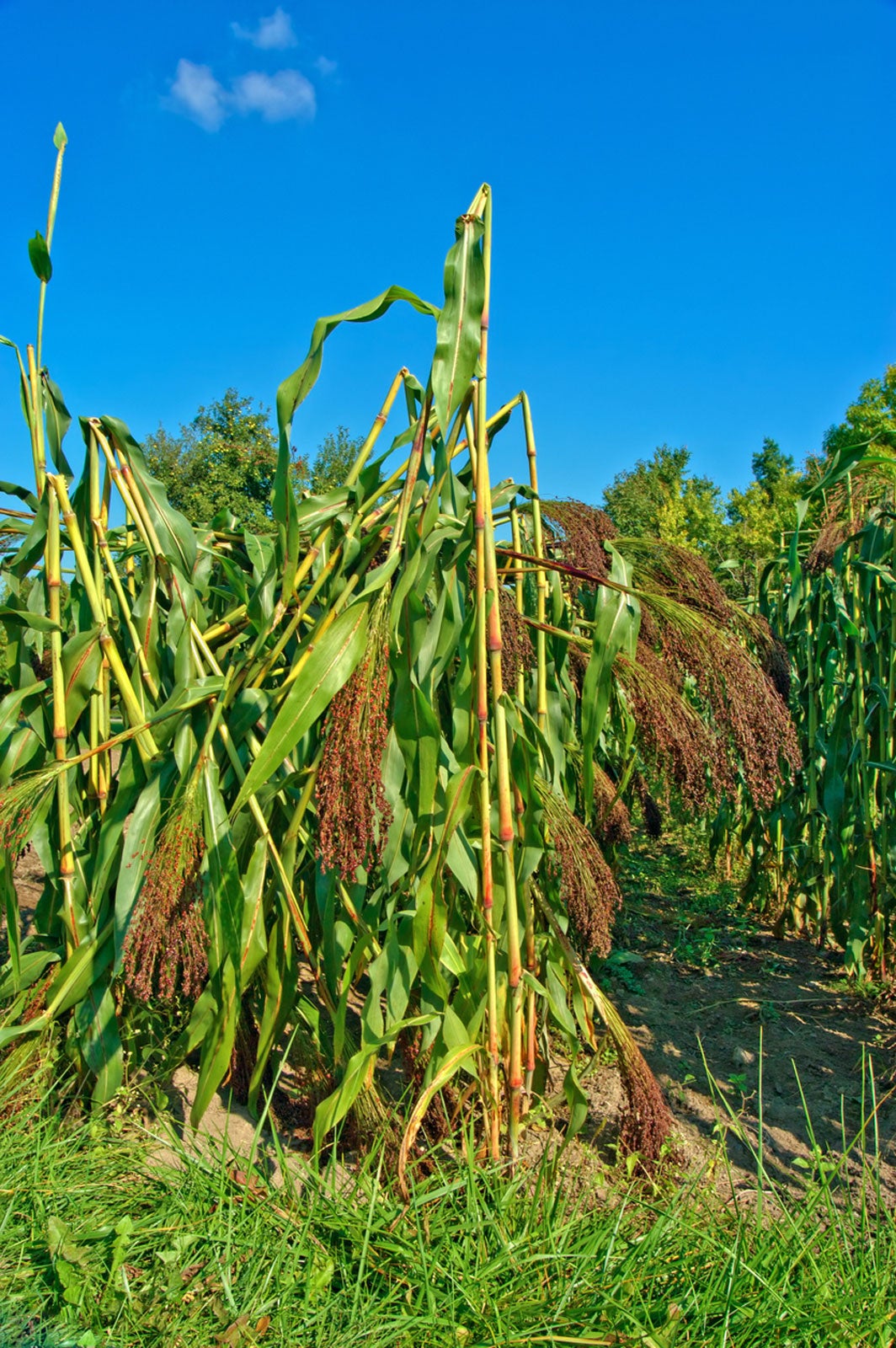 Using Broomcorn For Crafts – How To Harvest Broomcorn Plants
Using Broomcorn For Crafts – How To Harvest Broomcorn PlantsBroomcorn produces big, fluffy seed heads that resemble the end of a broom. If you’re feeling crafty and would like to know more about using broomcorn as well as tips on harvesting the plant, click this article to learn more.
-
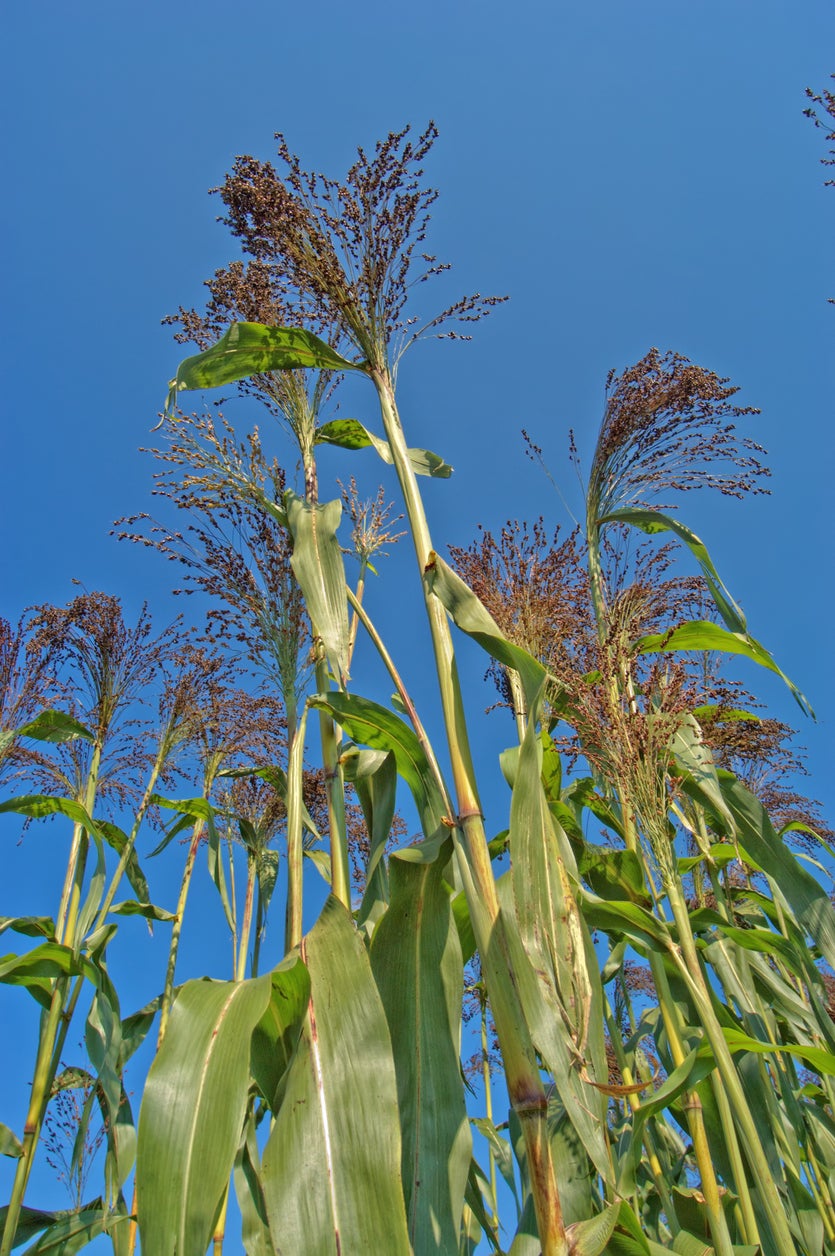 What Is Broomcorn – How To Grow Broomcorn Plants
What Is Broomcorn – How To Grow Broomcorn PlantsDo you wonder where those broom straws originate, the ones that are bound tightly into the broom you may still use for sweeping porches and hardwood floors inside? These fibers come from a plant called broomcorn, a variety of sorghum. Learn more here.
-
 What Is Winnowing – Chaff And Winnowing Garden Seeds
What Is Winnowing – Chaff And Winnowing Garden SeedsGrowing your own grain in the garden is a practice that’s gaining in popularity, and while it’s a little intensive, it can also be very rewarding. Click here to learn the meanings of chaff and winnowing, and what they have to do with harvesting grain and other crops.
-
 Harvesting Small Grains: How And When To Harvest Grain Crops
Harvesting Small Grains: How And When To Harvest Grain CropsHarvesting small grains as an individual can be tricky, without big threshing machines, but our ancestors did it and so can we. Knowing when to harvest grain is the first step, but you also need to know how to thresh, winnow and store it for best results. This article can help.
-
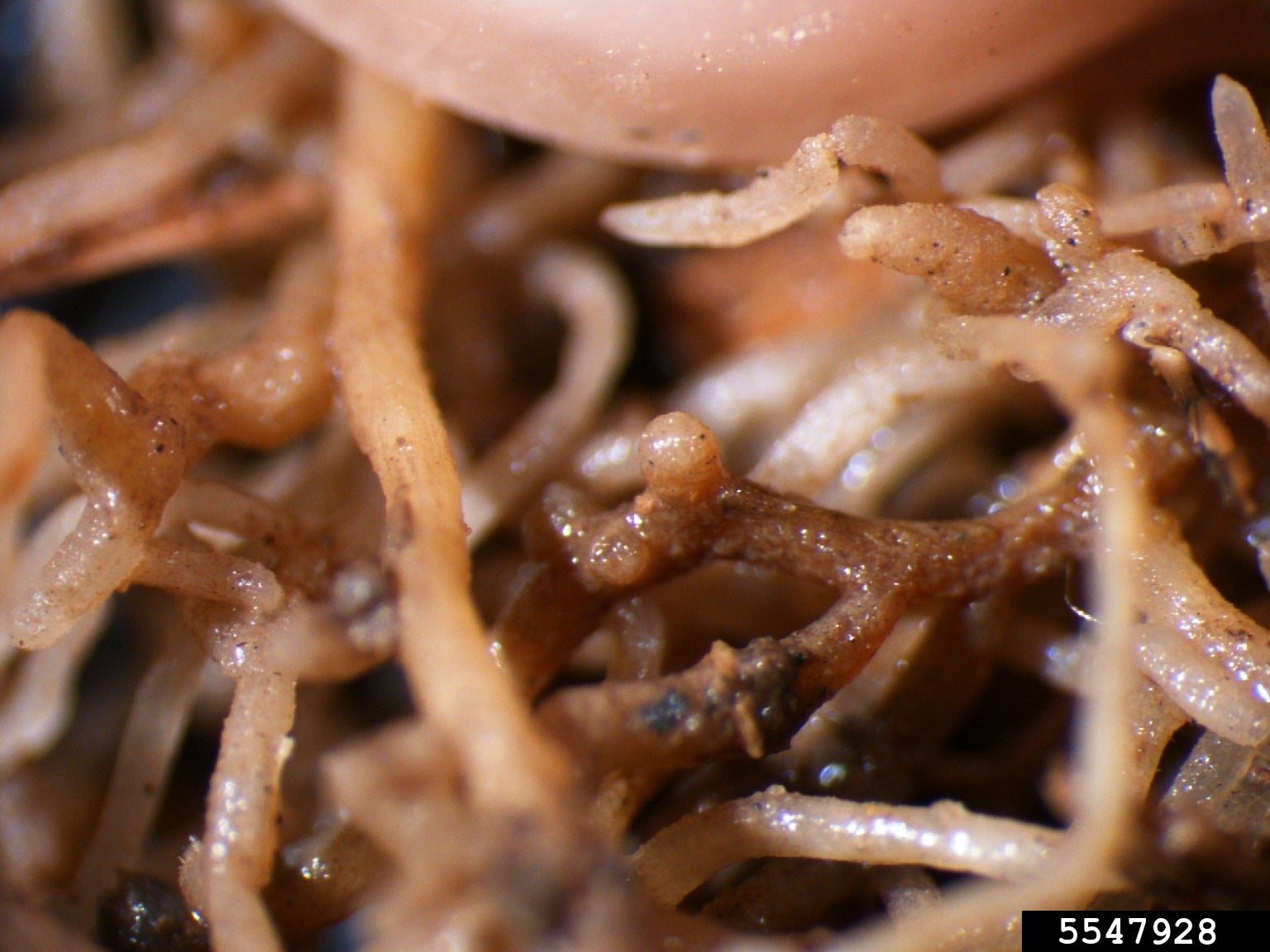 What Are Cereal Cyst Nematodes – How To Stop Cereal Cyst Nematodes
What Are Cereal Cyst Nematodes – How To Stop Cereal Cyst NematodesLess vulnerable to warm season pests, issues do arise during the cool season when growing grains. One of the most prominent issues is cereal cyst nematodes. If you’re curious and asking, “what are cereal cyst nematodes,” click here for an explanation.
-
 Growing Small Grain Crops – Small Grain Information for Home Gardeners
Growing Small Grain Crops – Small Grain Information for Home GardenersMore gardeners are beginning to shift their attention to multi-purpose crops like small grains, which serve multiple functions in commercial applications, homesteads, and family farms. Growing small grains is a rewarding way to maximize space and yields. Learn more here.